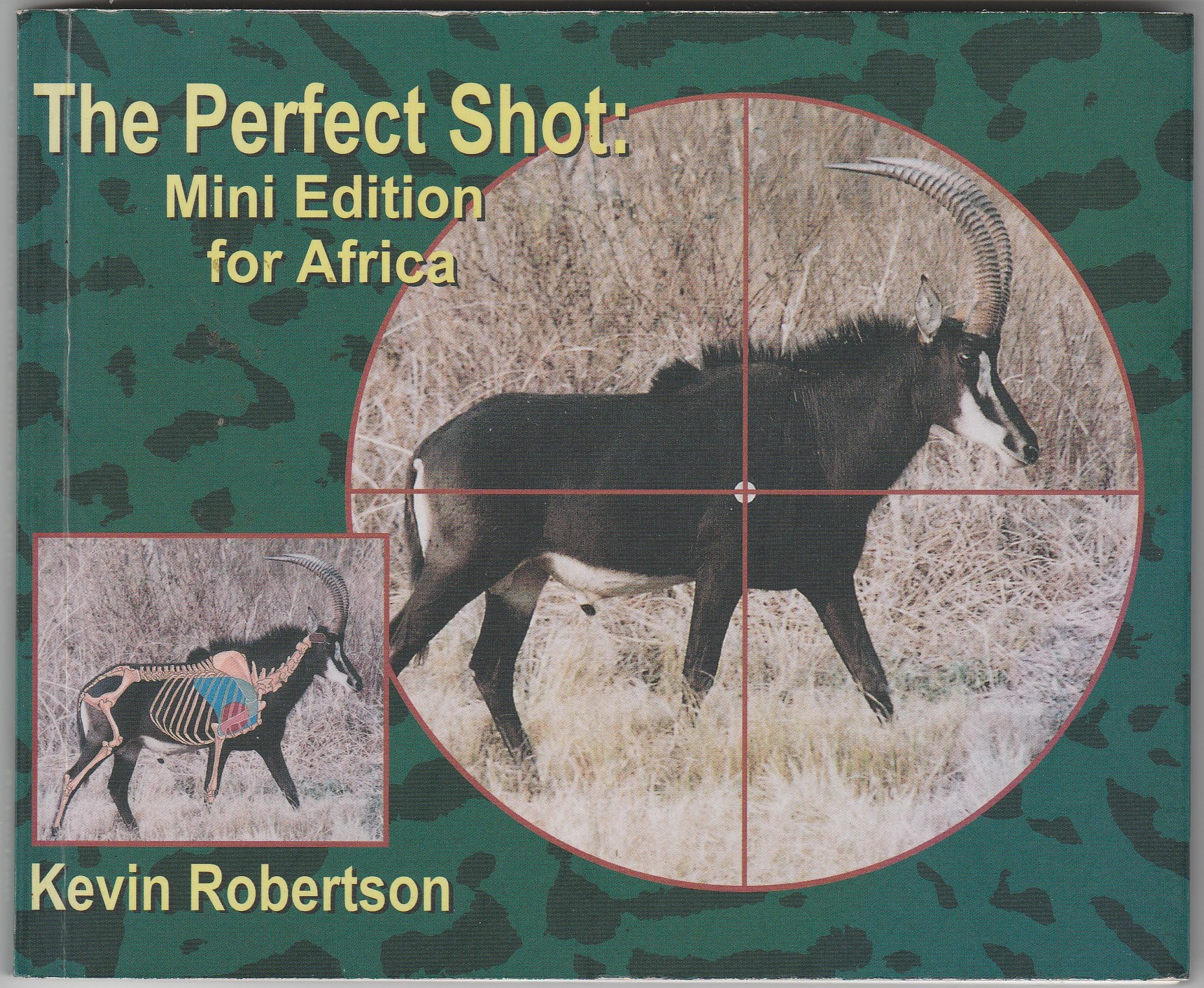
By Kevin Robertson
Published by National Book Network, 15200 NBN Way, Blue Ridge Summit, PA 17214 Price $19.95 plus shipping, 126 pages
This is an extraordinary book showing the proper shot placement for 24 different African animals.
Studying the graphics will give the reader a proper feel for animal anatomy, enabling him to judge other species’ vitals better. Indeed, the warthog is almost identical in the placement of its organs as the feral hogs in America while many of the antelope have virtually the same internal organ layout as the North American deer.
All animals are shown in color photographs with the proper shot placement shown as superimposed white dots. Then the same photo is used with an overlaid color picture of the skeleton and vital organs so you know exactly what you are dealing with and how it looks inside and out. This can be important on animals like the giraffe whose heart is located extremely far forward.
There is a brief natural history of each animal along with sex determination and trophy assessment. Some animals also have a brief description of the hunt and appropriate calibers. In the back are depictions of the animal’s tracks as well as the minimum requirements to get into the record books and how they are measured.
The author is Kevin “Doctari” Robertson, a wildlife veterinarian, licensed professional hunter, and a safari operator. Years ago we both used to write for Magnum magazine in South Africa. I know of no one better qualified in African wildlife anatomy and how that relates to shot placement. This is the pocket size edition measuring 4 5/8 inches by 6 inches intended for the hunter to take with him in the field.
I can’t stress enough how important it is to have the correct shot placement on game such as elephant, rhino and cape buffalo. An elephant’s vitals are not where you might think and the rhino’s are not all easy to locate. Shots to a cape buffalo need to be all in the vital triangle and I personally would never use anything less than a .470 Nitro Express for this brute is widely regarded as the most dangerous of the “Bog Five.”
One professional ivory hunter I knew never shot a cape buffalo because he was afraid of them. For a man who would follow a rogue elephant into the thickest cover to be afraid to hunt cape buffalo says a lot.
If a trek to Africa to hunt the cape buffalo is in your future, it might be prudent to obtain a copy of Robertson’s book.
The comical looking hippo kills more people than any big game animal in Africa and those stubby legs can run faster than you can. They like to feed on land during the night and retreat to the water when the hot sun starts bothering them. If you encounter a bad tempered one in thick cover you need to know exactly where to shoot with a heavy double rifle as these tend to be very fast close range affairs.
For the American hunter this takes reading about African hunting to a new level by getting into the specifics that you don’t read about in those tales of faraway hunts. More importantly, it will give you a much greater insight into animal anatomy that you can use wherever and whatever you hunt.—Jim Dickson



